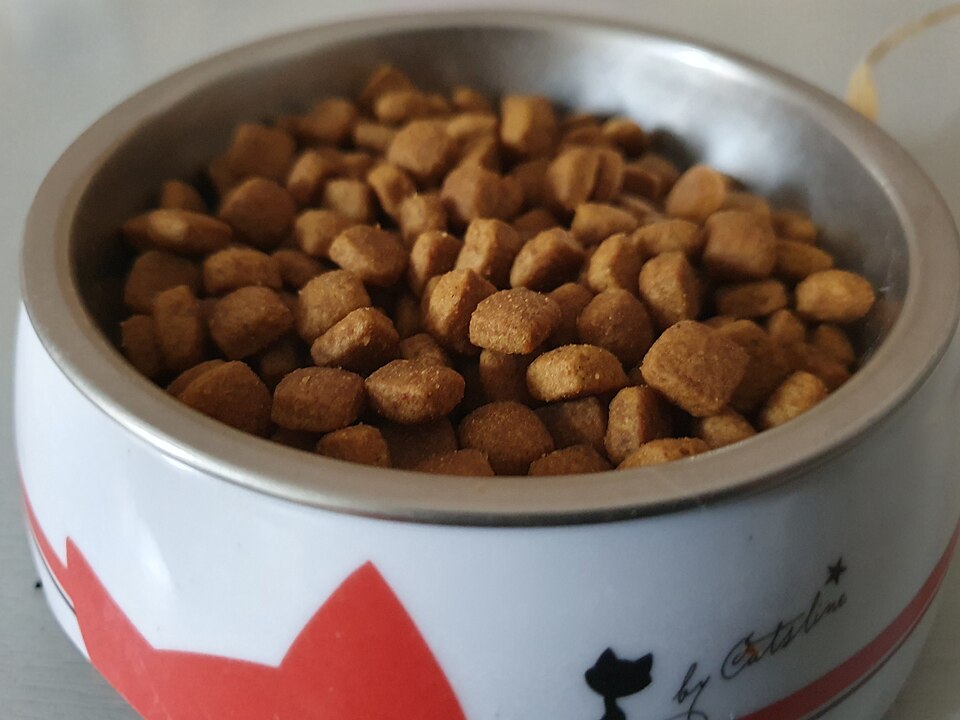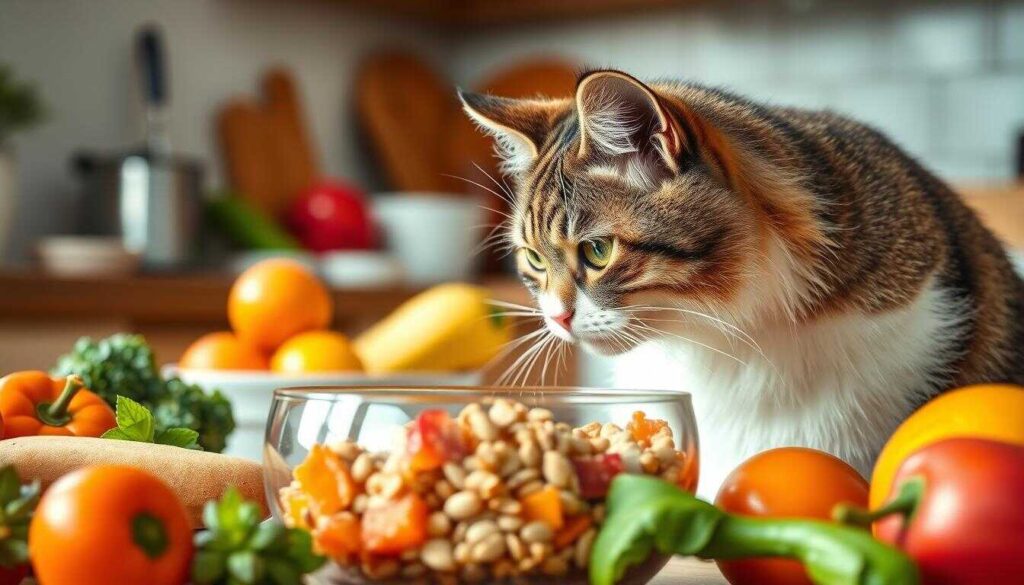Cats are obligate carnivores, which means their diet must primarily consist of meat to meet their nutritional needs. Whether you’re a first-time cat owner or an experienced pet parent, understanding the basics of cat food is crucial to ensure your feline friend lives a healthy, happy life. In this guide, we’ll explore different types of cat food, how to choose between wet and dry food, and tips for maintaining a balanced diet.
What Cats Should Eat
Cats require a diet high in protein and fat, with minimal carbohydrates. Their nutritional needs are different from dogs and humans. Essential nutrients include:
Taurine: Vital for vision, digestion, and heart health.
Arachidonic acid: A fatty acid necessary for skin and coat health.
Vitamin A: Crucial for immune function and vision.
High-quality commercial cat foods are designed to meet these needs, but it’s important to read labels carefully.
Wet Food or Kibble: Which is Better?
Wet Cat Food
Hydration: Helps maintain hydration due to high moisture content.
Palatability: Often preferred by picky eaters.
Easier to digest: Ideal for cats with dental issues or sensitive stomachs.
Dry Cat Food (Kibble)
Convenient: Easy to store and feed.
Dental Health: Can reduce plaque and tartar.
Cost-effective: More economical in the long run.
Mixed Feeding
A combination of both wet and dry food offers the benefits of both, ensuring hydration and dental health.
How to Choose the Best Wet Cat Food
When selecting wet food:
Look for complete and balanced labels (AAFCO approved).
Check the protein source: Meat should be the first ingredient.
Avoid fillers like corn, soy, and by-products.
Premium brands typically list specific protein sources like “chicken” or “salmon” and contain fewer artificial additives.
Types of Commercial Cat Food
Dry Food (Kibble)
Wet Food (Canned)
Semi-moist Food
Raw/Freeze-dried Food
Each has its pros and cons. Raw diets are controversial and should be prepared carefully to avoid nutrient deficiencies or bacterial infections.
Reading Cat Food Labels
Understanding labels helps you ensure quality. Look for:
Named Protein Sources (e.g., turkey, chicken)
Guaranteed Analysis (protein, fat, fiber levels)
AAFCO Statement (ensures nutritional adequacy)
Ingredient List (meat listed first is ideal)
Avoid vague terms like “meat meal” or “animal by-products.”
Nutritional Requirements by Life Stage
Kittens
Require high protein and fat for growth.
Look for DHA for brain development.
Adults
Need maintenance diets with balanced nutrients.
Watch calories to avoid obesity.
Senior Cats
May benefit from diets with joint support, easy digestibility.
Protein should still be high-quality.
Special Dietary Needs
Cats with health issues may require specialized diets:
Urinary Tract Health: Low magnesium & pH-balanced diets
Weight Management: High-protein, low-calorie food
Allergies: Limited ingredient diets or novel proteins
Diabetes: Low-carb, high-protein formulas
Always consult your vet before switching to a prescription diet.
Home-Cooked Cat Food: Is It Safe?
While some owners prefer making homemade food, it’s risky without veterinary guidance. Nutritional imbalances are common. If you go this route, work with a vet nutritionist.
FAQs
The healthiest cat foods are high in animal protein, low in carbohydrates, and have minimal additives. Look for products labeled as “complete and balanced.”
Both have benefits. Wet food supports hydration, while dry food aids dental health. A mix is often the best choice.
Some human foods like cooked meat are safe, but many (like onions, garlic, and chocolate) are toxic. Always check before sharing.
Most adult cats thrive on two meals a day. Kittens may require more frequent feeding.
Avoid by-products, artificial colors, preservatives (BHA, BHT), and vague meat sources like “meat meal.”
Conclusion: Choosing the Best Cat Food Option
Choosing the proper cat nutrition is vital to your cat’s health. Knowing cat nutrition and your cat’s needs helps a great deal. This way, you’ll be able to choose food that keeps them healthy and happy.
Think about your cat’s age, but active in the unit, and any special needs they may have. This may assist you in deciding the most effective food for them. Perpetually check if the food you select continues to be the most effective for your cat. The proper food can facilitate your cat to live a long, energetic life.


Pingback: Perfect kitten food for your Kitten's -
Pingback: Wet Food for Pets: Top Benefits & Why It’s the Best Choice -
Pingback: Raw Cat Food: Understanding the Advantages and Challenges -
Pingback: Purina Cat Food: The Complete Guide to Nutrition
Pingback: Can Cats Eat Cheese? Safety, Safe Types & Alternatives -